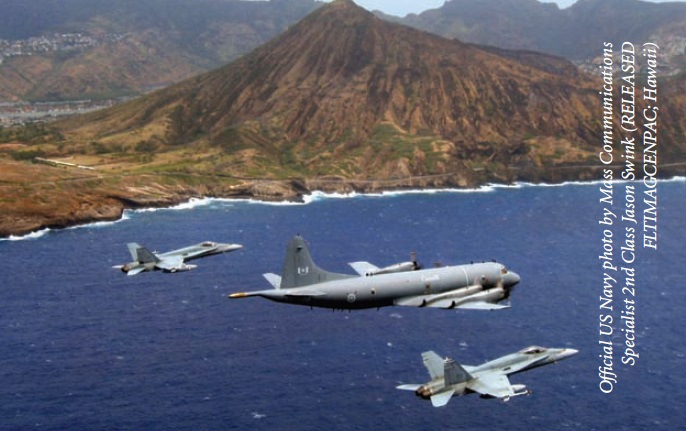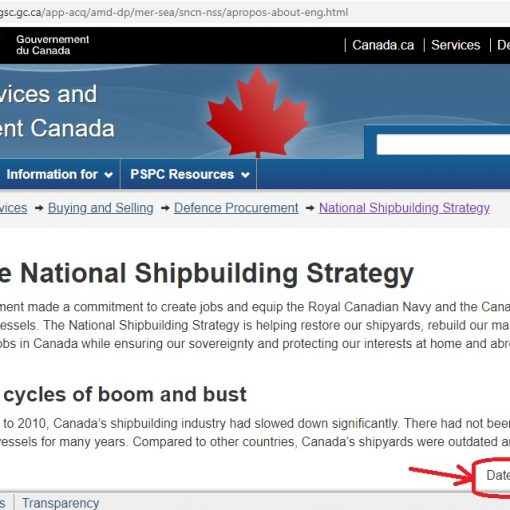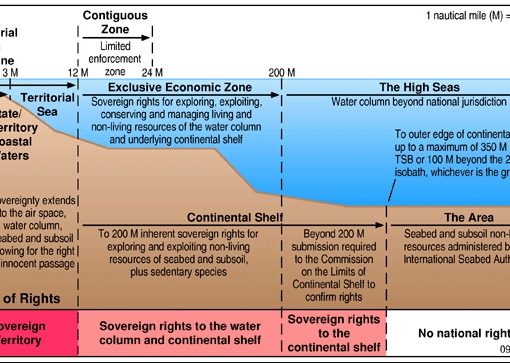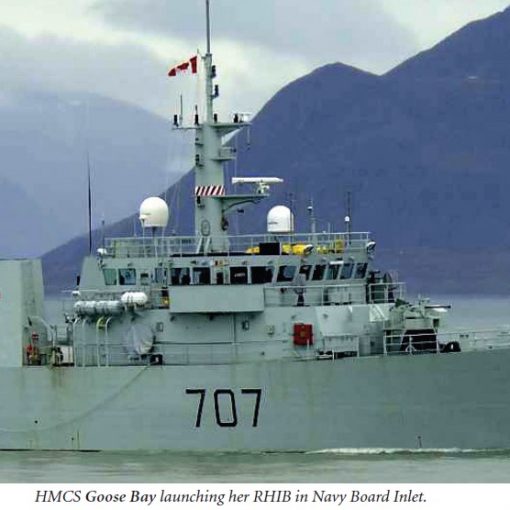CNR, Vol. 11, No. 1 (2015)
Abstract
In October 2014, two of the RCAF’s recently modified Block 3 CP-140M Auroras deployed to the Middle East to conduct intelligence, surveillance and reconnaissance (ISR) over Iraq in support of Operation Impact. Within 30 hours of the aircraft arriving in theatre, the crews and support teams were ready to launch their first mission – the first operational overland mission flown by the CP-140M. For a patrol aircraft traditionally used for anti-submarine warfare, an overland role in the Middle East presented new challenges. These challenges have been met in a variety of ways including training of personnel via simulators, innovative and flexible logistics such as Deployed Mission Support Centres, and in particular the fact that the Auroras have been undergoing a series of technological updates.
Over the past 10 years, the Aurora long-range patrol aircraft has undergone a significant transformation. The Aurora Incremental Modernization Project (AIMP) and Aurora Structural Life Extension Program (ASLEP) are providing the RCAF with one of the most capable, diverse and reliable ISR platforms in the world. ASLEP is intended to reset the structural life of the aircraft. It includes replacing the entire wing and horizontal stabilizer, and a number of additional structural problem areas are also addressed. This is a key factor in extending the fleet to 2030.
AIMP was proposed in 1998 to upgrade the CP-140 through a series of four incremental blocks, each involving the upgrade or replacement of specific systems and sensors. Block 1 involved the replacement of a variety of legacy equipment and sub-systems. Block 2 introduced a modern communications management system, upgraded navigation equipment and a modern cockpit. In parallel with Block 2 but considered separately, an electro-optical infrared camera turret was installed underneath the nose of the aircraft. Block 3, the current block, replaces the mission computer, the acoustics system, electronic warfare system, magnetic anomaly detector and synthetic aperture radar, providing operators with a modern display screen, touchpad and trackball controls. This is the point at which the old CP-140 earns the ‘M’ for Modernized. Block 4, which is in the design phase at the moment, will add a high-speed beyond-line-of-sight communication system, a modern tactical data link and an aircraft self-defence suite. To date, the LRP Force has received half of the Block 3 modified airframes, with the remainder scheduled to be modified over the next four to five years. The CP-140M Aurora is rapidly being established as the pillar upon which Canada’s overall intelligence, surveillance and reconnaissance system will be built.
Colonel Iain Huddleston is Commander of 14 Wing Greenwood, Nova Scotia.





